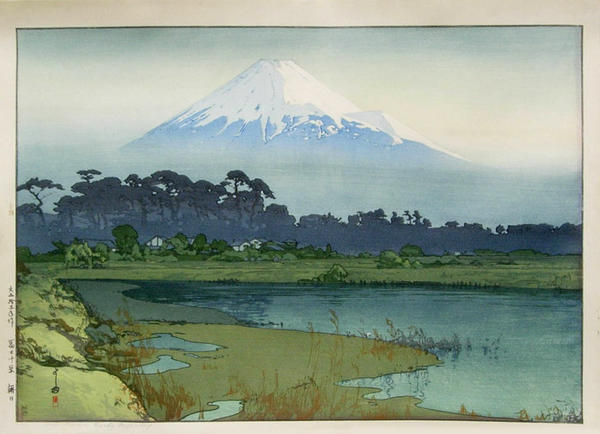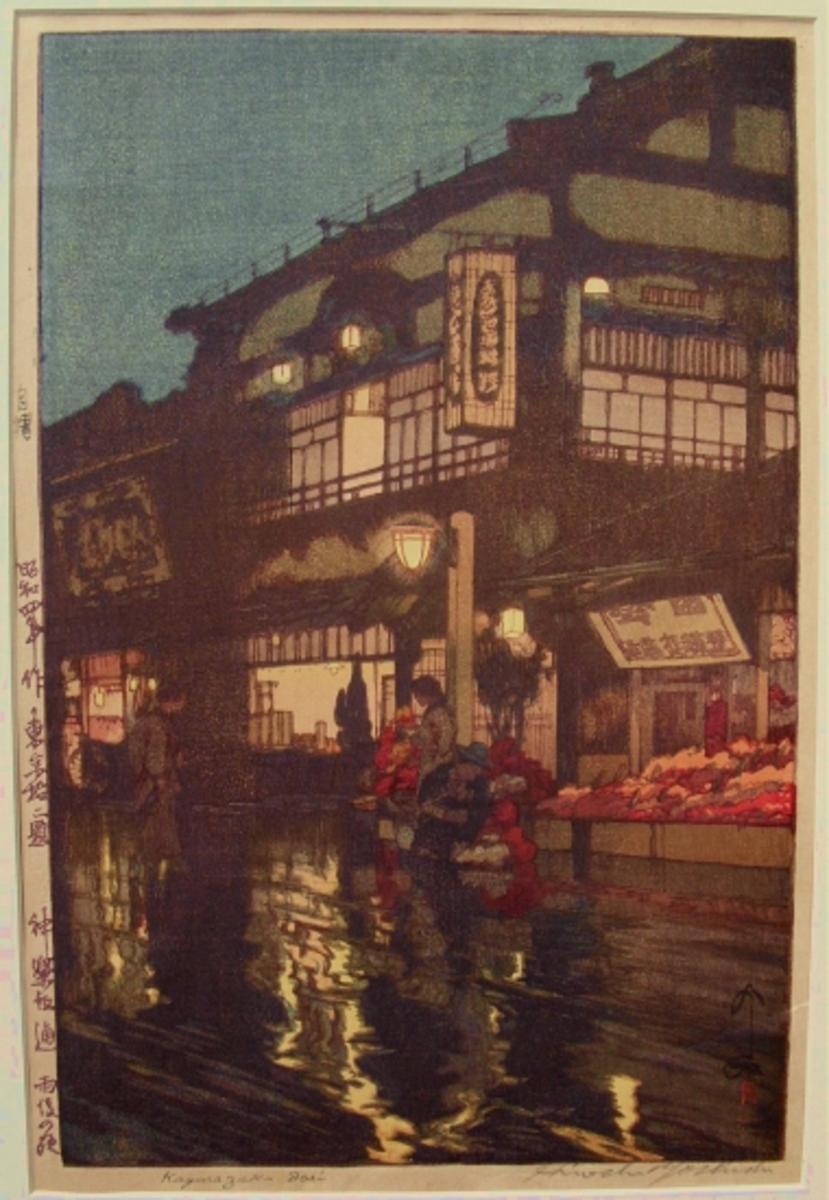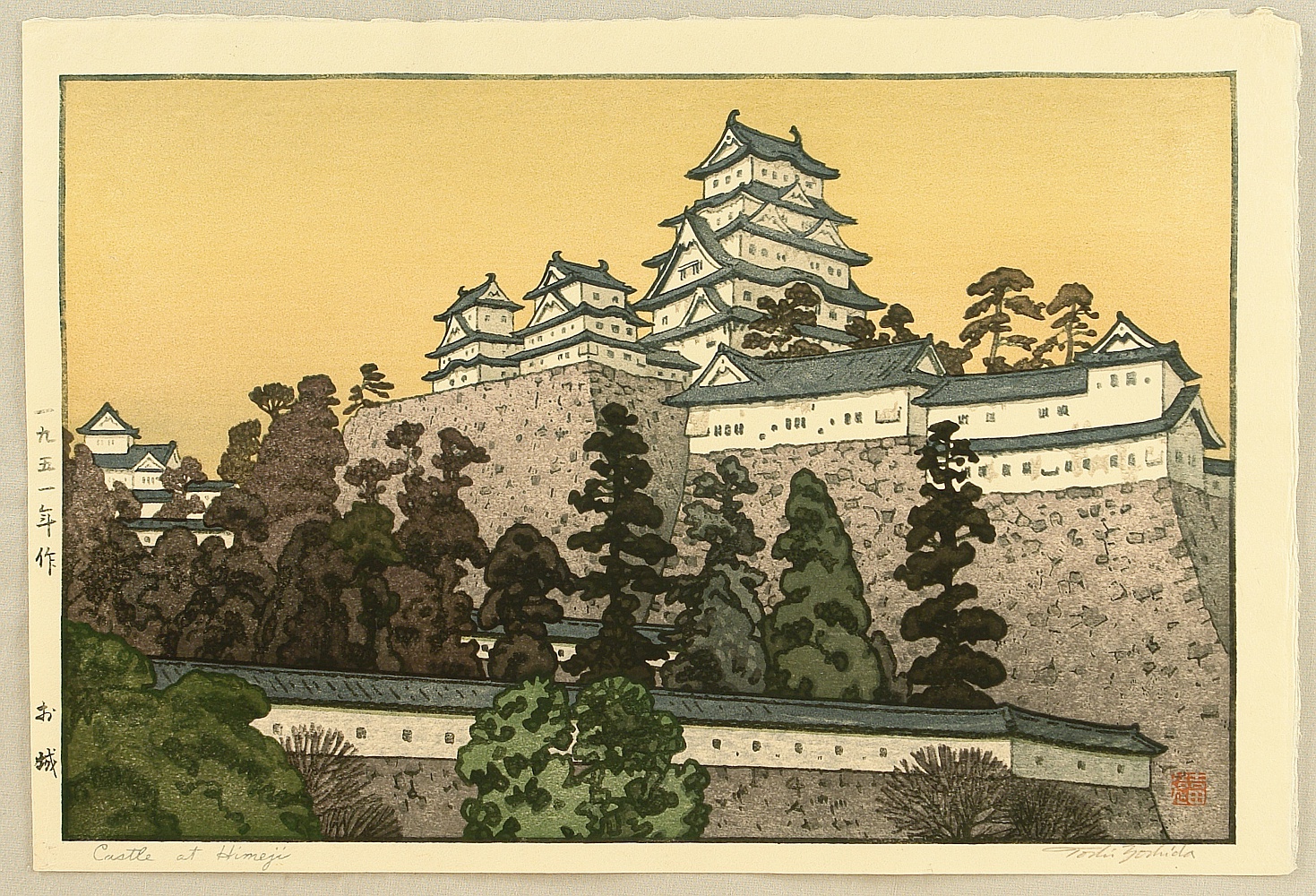Music and an Exhibition
Aug. 10th, 2024 08:05 pmIt was another early weekend start, as we headed in to London for Prom 29. I'd missed last year's organ recital - I can't remember why, it may have been train strikes. This year it was the turn of Jonathan Scott. He began with Lemare's transcription of Wagner's overture to Tannhäuser, which certainly exercised quite a few of the pipes. Next up, J S Bach's Fantasia and Fugue in G minor BWV 542, followed by some unfamiliar pieces: Chaminade's Autumn from Six Concert Études Op. 35 and Jules Grison's
Toccata in F major, which cheekily quoted from the Toccata and Fugue BWV565. Ives's Variations on America was eclectic as always. Scott then talked through and demonstrated some of the settings on the organ, before his own arrangement of Tchaikovsky's 1812 Overture. As he said, the organ has no "cannon" stop, but nonetheless, the performance was probably audible for anyone within half a mile of the hall. He gave us Puccini's Nessum Dorma as an encore.
After lunch, we headed south to Dulwich Picture Gallery, to see Yoshida: Three Generations of Japanese Printmaking. As is often the case, the first room was quite busy but the others were a bit more dispersed. Yoshida Hiroshi visited Dulwich Picture Gallery himself, so it was an opportunity to show the relevant page from the visitors book of 1900. His Japanese prints ranged from quintessential landscapes and cherry blossoms to more urban settings; in particular, Kagurazaka Dori made me think of Atkinson Grimshaw. But the prints weren't limited to Japanese subjects, as he travelled and made images of other places, including Venice, Athens, the Sphinx and the Grand Canyon. It was interesting to see the same base image used with different colouring schemes, for different conditions or times of day. Other family members whose works are included in the exhibition were his wife Yoshida Fujio, sons Yoshida Tōshi and Yoshida Hodaka, the latter's wife Yoshida Chizuko, through to the current generation Yoshida Ayomi. On the whole I found the abstract works less engaging, but they were still mostly interesting. A short video in the mausoleum showed how the prints were made.
Toccata in F major, which cheekily quoted from the Toccata and Fugue BWV565. Ives's Variations on America was eclectic as always. Scott then talked through and demonstrated some of the settings on the organ, before his own arrangement of Tchaikovsky's 1812 Overture. As he said, the organ has no "cannon" stop, but nonetheless, the performance was probably audible for anyone within half a mile of the hall. He gave us Puccini's Nessum Dorma as an encore.
After lunch, we headed south to Dulwich Picture Gallery, to see Yoshida: Three Generations of Japanese Printmaking. As is often the case, the first room was quite busy but the others were a bit more dispersed. Yoshida Hiroshi visited Dulwich Picture Gallery himself, so it was an opportunity to show the relevant page from the visitors book of 1900. His Japanese prints ranged from quintessential landscapes and cherry blossoms to more urban settings; in particular, Kagurazaka Dori made me think of Atkinson Grimshaw. But the prints weren't limited to Japanese subjects, as he travelled and made images of other places, including Venice, Athens, the Sphinx and the Grand Canyon. It was interesting to see the same base image used with different colouring schemes, for different conditions or times of day. Other family members whose works are included in the exhibition were his wife Yoshida Fujio, sons Yoshida Tōshi and Yoshida Hodaka, the latter's wife Yoshida Chizuko, through to the current generation Yoshida Ayomi. On the whole I found the abstract works less engaging, but they were still mostly interesting. A short video in the mausoleum showed how the prints were made.

Fuji- First Light of the Sun (Yoshida Hiroshi)

Kagurazaka Dori (Yoshida Hiroshi)


